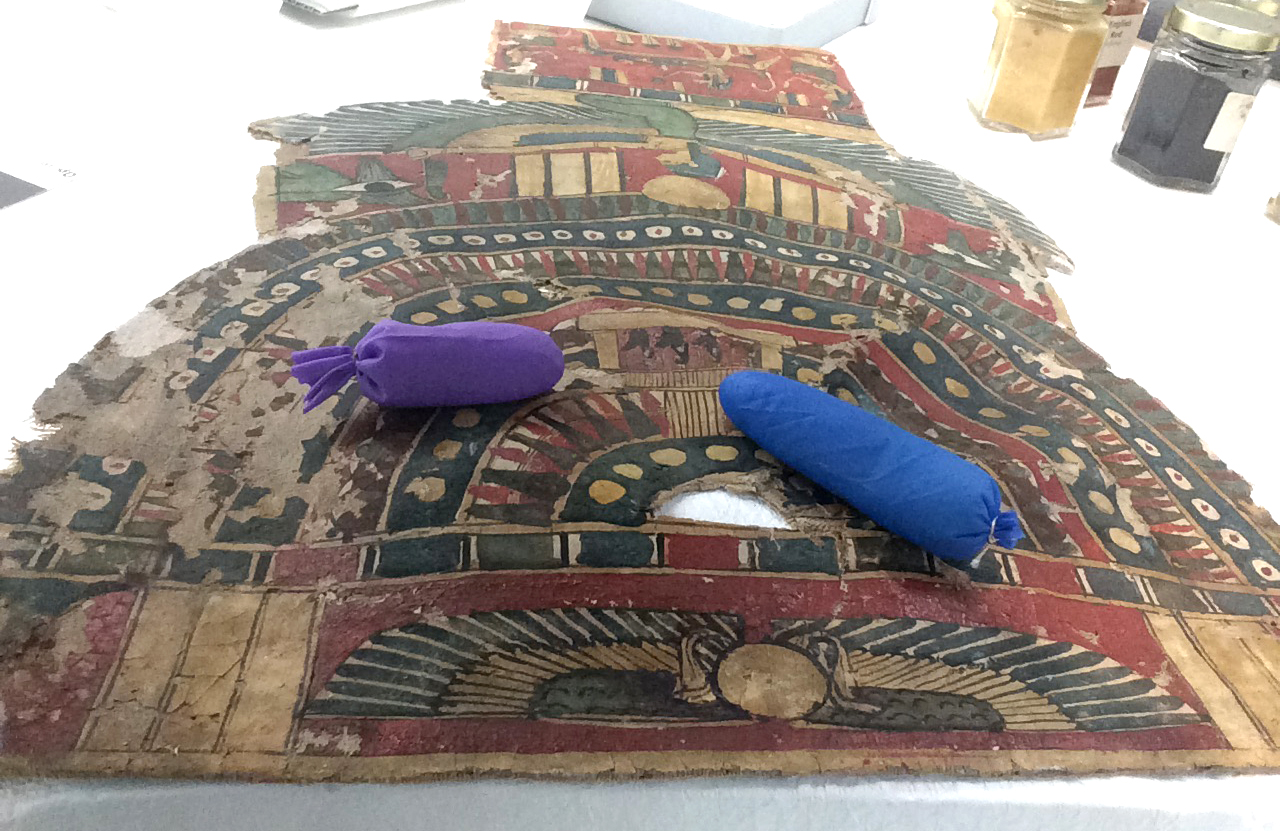2016 marks the 50th anniversary of the Penn Museum’s Conservation Department, which was founded in 1966 through the efforts and generous support of the Museum’s Women’s Committee. It is thought to be the first archaeology and anthropology museum conservation lab in the United States to be staffed by professional conservators.
To commemorate the establishment of the department, we are hosting a symposium from October 6-8, 2016: “Engaging Conservation: Collaboration Across Disciplines.” The Symposium will feature 31 paper presentations by conservators, archaeologists, anthropologists, and specialists in related fields, which will address topics related to the conservation of archaeological and anthropological materials and the development of cross-disciplinary engagement over the past half century. In addition to these presentations, there will be an evening keynote address by Dr. Brian Rose, Director of the Museum’s Gordion Archaeological Project in Turkey. The full schedule and abstracts can be found on the symposium website by following this link:
Engaging Conservation: Collaboration Across Disciplines
We look forward to seeing some of you in Philadelphia in October for this event!



